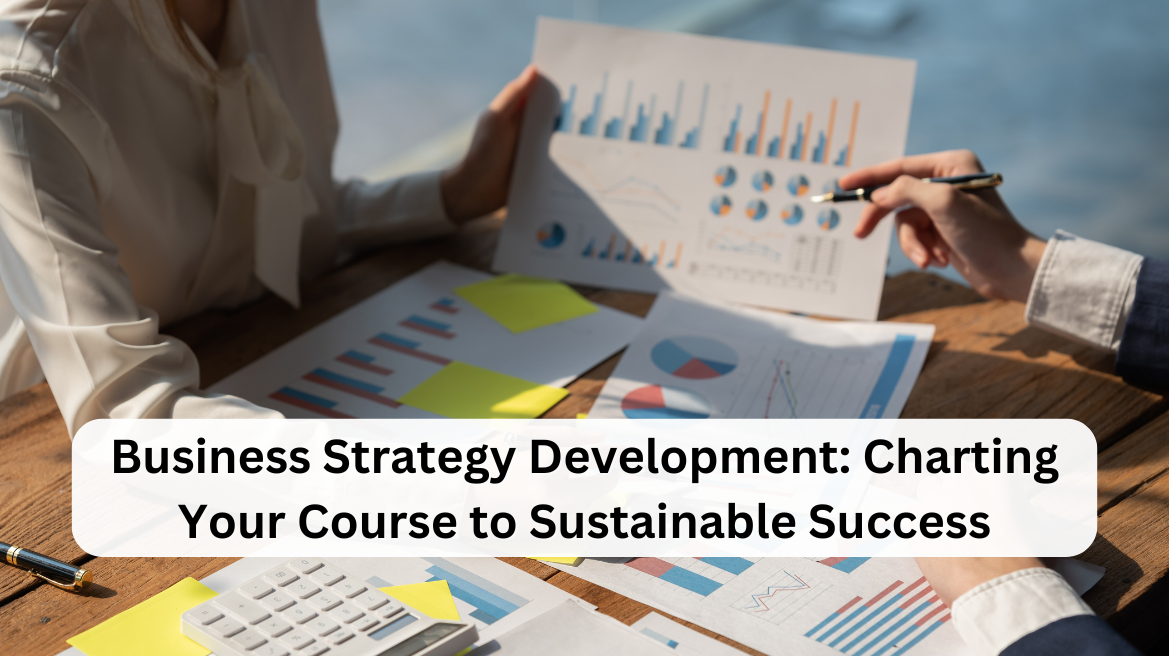Developing a robust business strategy isn’t a luxury—it’s the compass that keeps your enterprise on course through turbulence and opportunity alike. This guide unpacks the essentials of strategy development, offering practical frameworks, expert insights and real-world examples to help you define, execute and refine a winning plan.
What Is Business Strategy Development?
Business strategy development is the structured process of defining your organisation’s direction, allocating resources and setting priorities to achieve long-term objectives. It goes beyond daily operations, focusing on competitive positioning, market trends and the unique capabilities that give you an edge.
Rather than a one-off project, strategy development is cyclical: you assess, plan, act and review. When done well, it transforms ambition into clear-cut initiatives and measurable outcomes.
Why a Clear Strategy Matters
Without a coherent strategy, teams can drift into reactive mode—chasing short-term fixes instead of building sustainable growth. A well-crafted strategy:
- Aligns every department around shared goals.
- Optimises resource allocation, so budgets and people focus on highest-impact activities.
- Guides decision-making under uncertainty, using agreed criteria.
- Signals commitment and direction to investors, partners and employees.
Ultimately, it turns vision into reality by codifying how you’ll compete, innovate and evolve over time.
Five Essential Stages of Strategy Development
- Market Insights
Conduct in-depth analysis of customer needs, competitor moves and emerging trends. Use surveys, interviews and data analytics to ground your strategy in reality.
- Vision, Mission & Values
Clarify WHY you exist (mission), WHERE you’re heading (vision) and HOW you’ll behave (values). These elements create a strategic north star for every initiative.
- Goal Setting
Translate vision into specific, measurable targets—revenue milestones, market share percentages or customer-satisfaction scores. Assign deadlines and owners to maintain accountability.
- Strategic Options & Evaluation
Brainstorm potential pathways—new products, partnerships, geographic expansion—and assess each against criteria like feasibility, risk and expected return.
- Action Planning & Implementation
Break chosen strategies into projects, timelines and budgets. Establish key performance indicators (KPIs) and governance forums to track progress and tackle roadblocks swiftly.
Proven Frameworks to Guide Your Thinking
- SWOT Analysis
Identifies internal Strengths and Weaknesses alongside external Opportunities and Threats.
- PESTLE Analysis
Examines Political, Economic, Social, Technological, Legal and Environmental factors shaping your environment.
- Porter’s Five Forces
Analyses competitive pressures—rivalry, new entrants, substitutes, supplier and buyer power.
- Balanced Scorecard
Balances financial metrics with customer, internal-process and learning-and-growth perspectives.
- OKRs (Objectives and Key Results)
Sets ambitious Objectives alongside quantifiable Key Results to drive focus and alignment.
Choose one or combine multiple tools to suit your organisational culture and complexity.
Building Stakeholder Alignment
A strategy’s best-laid plans often falter without buy-in. To secure commitment:
- Involve representatives from every function during goal-setting workshops.
- Share early drafts in town-hall sessions, inviting feedback and refining focus.
- Assign visible sponsors—executives who champion the strategy and remove obstacles.
- Communicate progress regularly through dashboards, newsletters and informal huddles.
This transparent, inclusive approach fosters ownership and keeps momentum high.
Monitoring, Learning & Adaptation
Markets evolve faster than ever. Embed a continuous-improvement loop by:
- Reviewing KPIs monthly and conducting quarterly strategic health checks.
- Holding “lessons-learned” reviews after major milestones to identify tweaks.
- Adjusting priorities or reallocating resources in response to fresh insights.
- Celebrating small wins to build confidence and sustain engagement.
Strategic agility—knowing when to double down and when to pivot—separates thriving businesses from the rest.
Case in Point: Greendale Ceramics
Greendale Ceramics, a family-owned pottery maker, faced plateauing sales in its third year. By applying the five-stage strategy process, they:
- Discovered a rising demand for sustainable homeware through customer surveys.
- Refined their mission to “Craft eco-friendly ceramics that delight modern homes.”
- Set a goal to grow export revenues by 30% within 12 months.
- Used SWOT and Porter’s Five Forces to evaluate expansion into the Scandinavian market.
- Launched a targeted line of recycled-clay planters and secured two distributor partnerships.
Within a year, Greendale’s exports rose by 35%, while domestic sales grew 15% thanks to a fresh brand story.
Common Pitfalls and How to Avoid Them
- Overambitious Plans
Break large objectives into digestible phases to maintain focus and morale.
- Siloed Development
Ensure cross-functional involvement; avoid strategies drafted in isolation.
- Ignoring Culture
Align initiatives with your company’s values and capacity for change.
- Neglecting Metrics
If you can’t measure it, you can’t manage it—define KPIs before launching any project.
Frequently Asked Questions
How often should I revisit my strategy?
Review core elements annually, but assess leading indicators and market shifts quarterly.
What if I lack in-house expertise?
Consider targeted workshops, peer forums or short-term advisory support to bridge knowledge gaps.
How do I balance long-term vision with short-term needs?
Use a two-horizon approach: dedicate resources to “Horizon 1” (current business) and “Horizon 2” (emerging opportunities).
Conclusion
Business strategy development transforms ambition into action. By following a structured process—from market insights to continuous adaptation—you create a living blueprint that guides every decision and investment. Embrace these principles to steer your organisation toward sustainable success, whatever the market throws your way.
For expert funding, business mentorship, business growth solutions, and entrepreneur programs, visit: The Entrepreneur Studio
Follow Us:
Facebook – https://www.facebook.com/people/The-Entrepreneur-Studio/61552810916102/
Instagram – https://www.instagram.com/theentrepreneurstudio/
Twitter – https://x.com/T_E_Studio
LinkedIn – https://www.linkedin.com/company/the-entrepreneur-studio/, Manmeet Abroll, Andrew Evans


